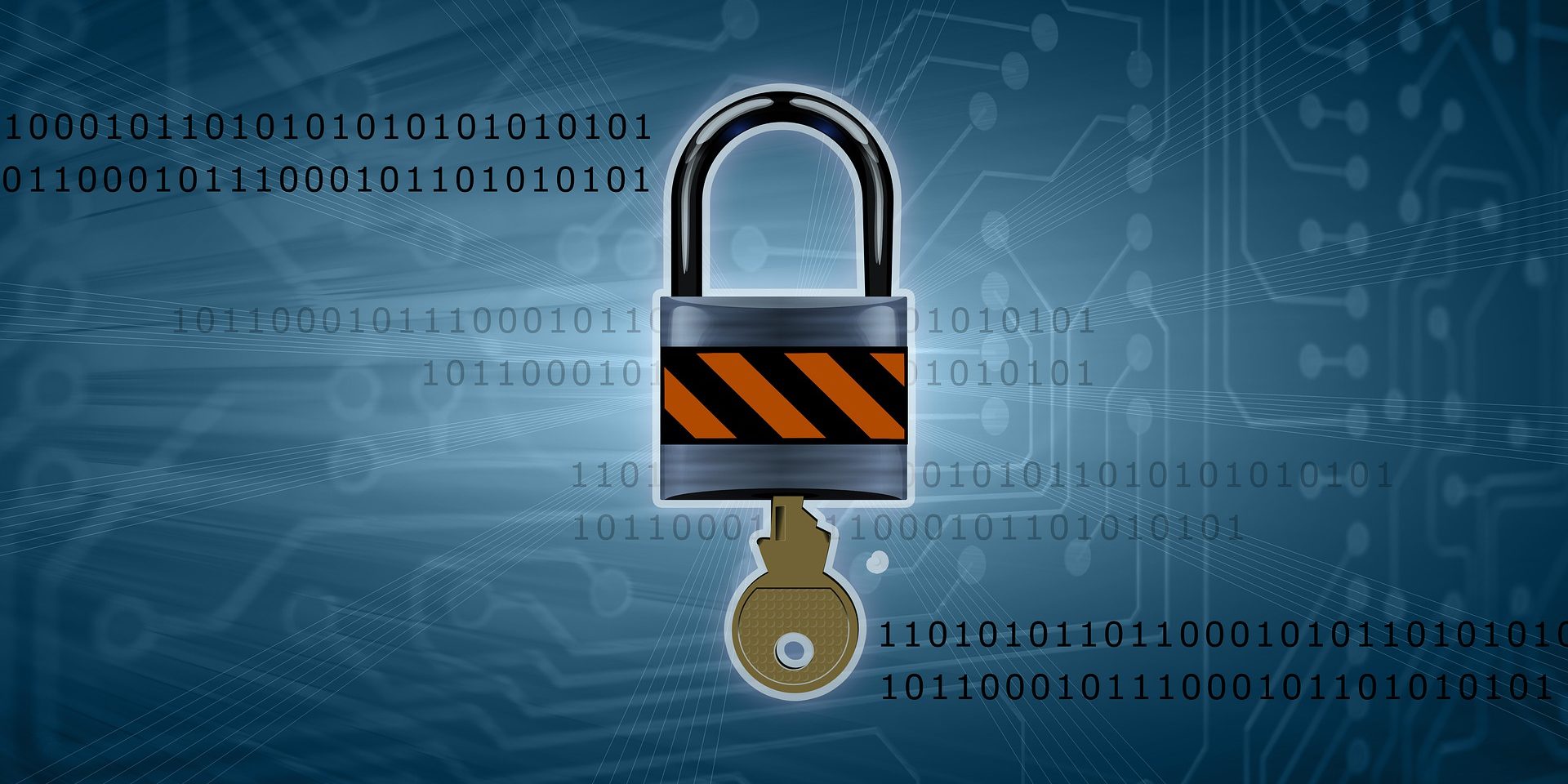Unfortunately, there is no shortage of people who profit from, delight in, and are challenged by causing individuals or businesses to lose access to their data. Cyber attacks are every bit as aggressive and malicious as they sound. They cost businesses billions of dollars each year. So what are some keys to understanding and managing cyber attacks?
What Is Cyber Risk?
You could say that cyber risk is inherent in doing anything via wireless communication. Financial loss, interruption of business, damage to professional reputations, and unauthorized access to personal data or information systems leading to theft or fraud constitutes a cyber risk. It is no longer a question of if there will be a data breach, it is a matter of when and how severe the impacts. The US economy was impacted to the tune of between $57 billion and $109 billion in 2016 alone.
How Is Data Compromised?
There are many ways cyber criminals can leverage weaknesses in security protocols. The most common types of cyber attacks compromising information security are:
- Malware
- Phishing
- Man-in-the-middle
- Distributed denial-of-service attack
- SQL injection
- Zero-day exploit
Malware can be installed on a device by clicking on a link or by opening an attachment in an email. Malicious software can transfer viruses, spyware, or ransomware to a computer and, if it is on a network, it can propagate to other computers and servers on the network. Phishing is when someone poses as a trusted business or source and requests personal information or access credentials in order to steal money or information. When data is not adequately encrypted, it can be vulnerable to man-in-the-middle or eavesdropping attacks, where the data is intercepted going between two sources intending only on communicating with each other.
A DDoS attack occurs when a system is inundated with false requests, causing the system to stop accepting legitimate requests. This DDoS intrusion essentially puts the system in a hostage situation where the owner is extorted for money to stop the attack. Structured Query Language is a programming language used to manage databases. In a SQL injection, malicious code is inserted into the database to make the data accessible to hackers. A zero-day exploit is where a cyber criminal uses the small window between discovering a vulnerability and correcting it to exploit the vulnerability.
How Do Companies Manage Cyber Risk?
Cyber risk cannot be stopped completely. For every type of risk solved, a talented coder will find a new way to exploit another vulnerability, so companies must work diligently at managing risk and securing access to systems and data. An information security management system creates a 360-degree security net comprised of policies, procedures, and systems to manage the risk of intrusion. Three main reasons to implement an ISMS are:
- Operational – streamline and secure data assets
- Reputational – gain a competitive advantage by becoming ISO 27001 accredited
- Compliance – a robust and properly implemented ISMS will ensure your company stays in accordance with all data security regulations
To get more information on how an ISMS can help your company with information security, contact Hancock & Poole Security today.



